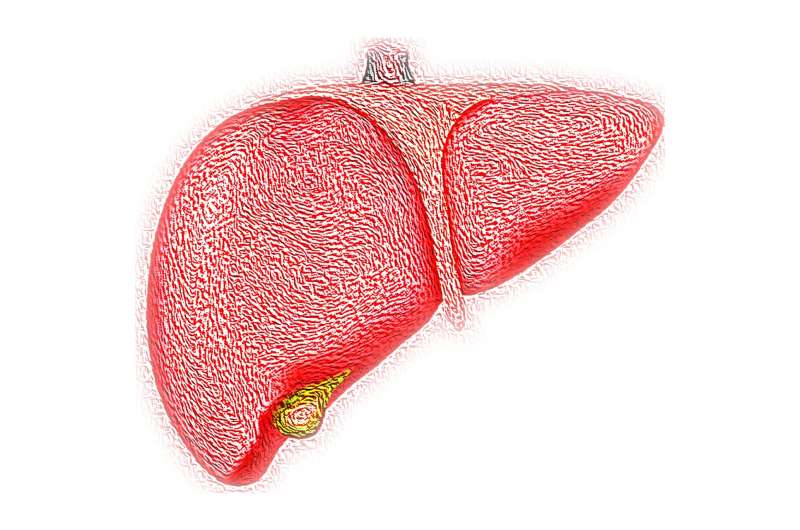At-Home Cervical Cancer Screening Device Confirmed Safe and Effective in Clinical Trial

A new at-home cervical cancer screening device, the Teal Wand, has been validated in a recent clinical trial, showing high accuracy and user satisfaction. This innovation promises to improve screening rates and early detection, helping to prevent cervical cancer more effectively.
A new self-collection device designed for at-home screening of cervical cancer has been validated through a comprehensive clinical trial, demonstrating promising results in safety and performance. Led by researchers from the University of Colorado School of Medicine, the study focused on assessing the efficacy of the device, called the Teal Wand, which aims to increase screening accessibility among women.
Cervical cancer remains largely preventable through regular screening and HPV vaccination. However, many women face barriers to in-clinic testing, resulting in delayed diagnoses. Notably, about 50% of new cervical cancer cases are diagnosed in women who hadn't been screened in the previous five years, highlighting issues related to access, convenience, and discomfort associated with traditional Pap smears.
The trial, published in JAMA Network Open, involved 16 medical sites across the United States, including CU. Results confirmed that samples collected with the Teal Wand were comparable in accuracy to those collected by clinicians, detecting precancerous changes 96% of the time. Following positive trial outcomes, the FDA approved the device in early May, making it available for broader use.
Research indicates that approximately 25% of women are not current with their cervical cancer screening. For women at average risk, guidelines recommend screening every three to five years, depending on age. Persistent under-screening contributes to ongoing cases of preventable disease, making solutions like the Teal Wand crucial.
Participants in the study reported high satisfaction, with over 90% preferring the self-collection method, which took less than five minutes for most users. The process involves mailing a kit with clear instructions, allowing women to collect samples comfortably at home and send them back for testing. This approach reduces logistical hurdles, discomfort, and costs associated with clinic visits.
Introducing this device into healthcare systems could alleviate system burdens by allowing clinicians to focus on other health issues during appointments, encouraging more women to participate in regular screenings. The study's success signals a significant step toward improving early detection and reducing cervical cancer rates.
Ultimately, increasing screening accessibility and adoption of reliable self-collection devices like the Teal Wand could help turn the tide against cervical cancer, which remains highly preventable with proper screening and vaccination strategies.
Stay Updated with Mia's Feed
Get the latest health & wellness insights delivered straight to your inbox.
Related Articles
Repurposing Diabetes Medication Shows Promise for Liver Disease Patients
A groundbreaking clinical trial reveals that dapagliflozin, a diabetes medication, may significantly improve outcomes for patients with metabolic-associated liver disease, opening new possibilities for treating liver inflammation and fibrosis.
Managing Blood Pressure in Non-Cardiac Surgery Shows Similar Neurocognitive Outcomes
A large international study finds that different blood pressure management strategies during non-cardiac surgery result in similar neurocognitive outcomes, offering greater flexibility in perioperative care.
The Brain-Boosting Benefits of Rosemary: Enhancing Memory, Reducing Anxiety, and Protecting Against Alzheimer’s
Discover the cognitive and health benefits of rosemary, from enhancing memory and reducing anxiety to potential protection against Alzheimer's disease, supported by modern science and traditional use.
New Genetic Target Identified for Recurrent Meningioma Treatment
A groundbreaking study identifies COL6A3 as a key gene driving the recurrence of meningioma, paving the way for new targeted therapies to treat aggressive brain tumors.



